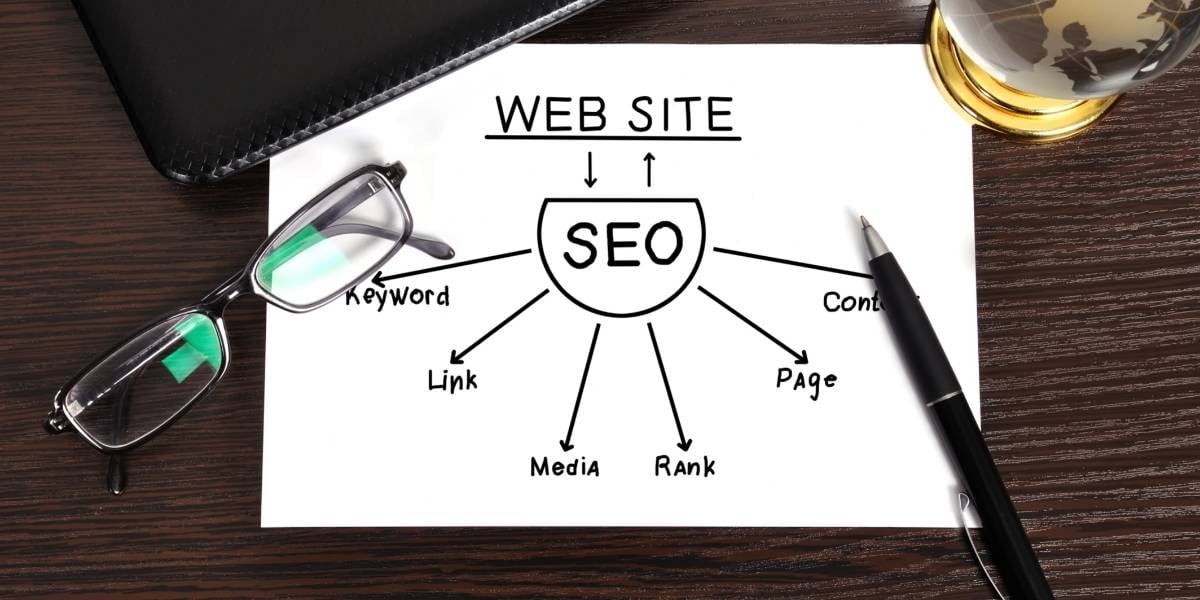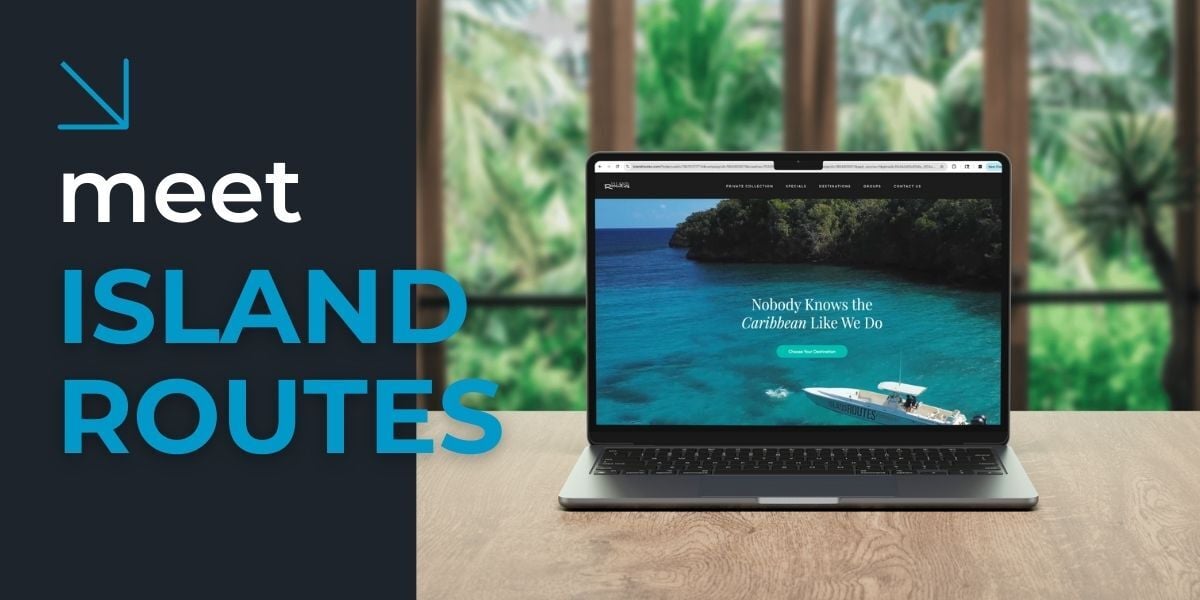When was the last time you looked for a restaurant near you? What about a nearby shop that had exactly what you needed at the time? If you’re like most people, you have probably made a “near me” search in the last twenty-four hours. These days, nearly 46% of all Google searches are looking for local information, and the ability to appear in those results may pay off for your business. Statistics suggest that 88% of consumers who perform a local search on their smartphone actually visit that location within 24 hours. The key to ensuring your business appears in those results is local SEO.
Local SEO Defined
The mere mention of SEO is enough to scare most business owners, but it shouldn’t be. SEO is the process of ensuring search engines (and thus the people using them) can see your site during a related search query. You can achieve this presence through a number of techniques, all of which simply boil down to making sure the search engines like Google see your site as related to the kinds of searches people are performing for your business.
Local SEO is a type of SEO. In this type of SEO, you optimize your business for location-specific queries. Today, Google and every other major search engine look at a user’s location data inside their IP address or their geolocation on their mobile phone to decide what results are most important to them. So, if someone does a local search for something like a car wash, the search engine can pull up the businesses closest to them.
If your site is optimized correctly, it will show up in the “Local Pack” results. These are the top three or four businesses that appear under the map when you do a “near me” type search. Local organic results are also pulled up in these kinds of searches, and ensuring you rank in both is the goal when you’re hoping to optimize your site for local customers.

It All Begins with Your Google My Business Listing
The single best way to begin your journey toward local optimization is to complete your Google My Business listing. Google is always looking to dominate in any way possible, and that’s as true in local search as it is anywhere else. As a result, they offer ways for users to interact directly with businesses from the Google My Business Profile. If you set it up correctly, you’ll allow users to make an appointment with you, request a quote, leave a review, or even message you directly.
Setting it up is relatively easy too. Google probably already has a listing for you. Once you log in, Google will ask you to create your business profile. Be sure your business’ name reflects what you have on everything else. Then, select a category. If your business doesn’t quite match Google’s categories, try to choose the most applicable one to your company.
You may even want to check out what your local competitors are using to help decide what you need to choose. Next, Google will ask you about your address. Make sure you put the same address you use on everything else. You want your name, address, and phone number to be standard across the web, especially right here on your My Business listing.
When you have that information entered correctly, set your business hours, link it to your website, list the services you offer, and create a description for your company. Highlight what makes you truly unique and why customers should do business with you.
From there, you have to verify the business, and you can usually do that by having Google send you a postcard with a PIN on it. Once you get your PIN, you can verify your location. There are other ways to make that happen, but it can be tougher to register your business that way.

What Matters Most in Local Search
As with traditional SEO, Google doesn’t tell you exactly their ranking factors, but they offer some basic information. The most critical factor in optimizing your site for local search is to ensure it’s relevant. That just means that your site matches up well with how people are searching. You can achieve this by creating the most complete Google profile possible.
Distance, too, is important. If customers specify their location, the search engine will map them to your shop or offices from their current space. To help make this as accurate as possible, you’ll want complete, updated physical addresses for all of your locations.
It would be nice if only those two factors mattered. Unfortunately, that’s just not the case. Prominence is another way Google rates local searches, and that just means they’re looking at how well-known your business is. For example, there might be a particular landmark in your neighborhood that’s well known.
There are probably many reviews and mentions of that landmark across the web, so people searching for something like that will be pretty likely to find it. Businesses are like that too. Those that are relatively prominent are more likely to be mentioned online and have lots of links back and many directory listings. All of those factor into your overall SEO score as well as your local SEO score.
What can you do to make sure you’re as relevant, close, and prominent as possible? To ensure relevance, you’ll want to pay careful attention to your Google My Business Listing category and subcategories. Be sure you create an accurate description of your business and include the primary keyword representing your industry. You’ll also want to include key location keywords.
Additionally, make sure your name, address, and contact details are correct and that they match the details you currently have on your website and those printed in other business directories. Controlling how well your location is represented is a bit tougher. First, make sure your location is on your website's page title (like Pizza Places in Palm Beach).
Additionally, offer directions for your customers on your website. You’ll also want to include some local content on your site. Ensuring you’re using long-tail search queries that capture location is an absolute must.
Creating additional prominence isn’t a lot easier than controlling location, but it’s certainly more possible. First, make sure you’re registered with plenty of local directories like the local chamber of commerce. You may also want to become a donor to local charities. When possible, do press releases with local media, and make sure you are registered with any niche-specific directories in your area.
Also, social media matters. If possible, incorporate social media reviews right there on your site. Make it as easy as possible to leave reviews, too. You may also want to work with local businesses to connect websites with those physically around you.
Are There Things You Can Do On-Site?
Your Google My Business listing is easily the most crucial aspect of local SEO, but there are several things you can do on your website to help better optimize for local.
Make sure you’re ready for mobile customers
More than half of your visits are likely from mobile customers, and if you’ve never worked with mobile design experts in the past, there’s never been a better time. Optimizing for mobile isn’t as difficult as you might think. You’ll want a responsive design that adjusts to any screen. You’ll also want to ensure that your user interface (sometimes referred to as a UI) is incredibly intuitive. That helps to make sure every user who lands on your site has a fantastic user experience.
Additionally, ensure your fonts aren’t too small, and the copy is exactly where it should be. If you have 500 words where you should have 12, mobile users will tune out quite quickly. Speaking of copy, make sure all of your fonts are easy to read on any screen. Any font too small to read on a phone screen is too small to incorporate into your site.
Finally, create a site that loads within three seconds. More than any other type of web user, mobile users refuse to wait for slow sites. If your site doesn’t load immediately, they’ll click away. Downgrade image sizes and do whatever you can to make sure your site loads fast.
Consider devoting an entire page to contacts
If you don’t already have a whole page just so customers can easily find you, now is the time to build one. People want plenty of details about how they can reach you, so build it to include your name, address, and phone number in your profile and include any other locations.
Make sure you integrate a map to each one of those locations as well. Also, if you have an email where customers can reach out, include that too. Also, make sure your phone number is clickable. With so many people searching from mobile devices, making sure they can simply click and call is an absolute must these days.
Testimonials count
Testimonials are a way Google can tell whether your business is a trustworthy one. The better your reviews and ratings, the more likely customers choose you, and Google knows that. However, the simple truth is that if you don’t have very many testimonials on your site, Google may not rank you as highly as a competitor who has more testimonials but fewer 4-star ratings. Seek out those testimonials on your site, through your social media, and even through your My Business profile. You want customers to provide you with honest feedback. It not only means a higher ranking from Google, but it may also help you refine what you do.
Consider adding Schema
Schema.org helps build a shared language among search engines, and building a Schema markup means that you’re sending out a signal to all of the search engines that you’re a local company instead of a national change. You’ll want to use a professional, though, to add this to your site, as it will need testing too.
Blog regularly
You’ve probably already heard this advice when you initially optimized your site, but it still applies. Creating content routinely online means a chance to connect with customers, other businesses, and search engines themselves. Local content is always helpful when you blog. For example, imagine a block party is happening in your business district, and your business will be participating. Why not blog before and after the event? It could help you promote additional attendance and ensure you connect with potential customers who might be attending.
It may also help you achieve several links that could be valuable in terms of search engine ratings. Don’t forget to include local keywords throughout your blog content. Don’t worry - it doesn’t need to be hyper-keyword focused, but the more local keywords you can include across your site, the better your overall ranking will be in the local arena. You may even want to look for other local blogs to contribute guest posts that will help you further connect with local sites and keywords.
Forming Your Local SEO Strategy
If you’re ready to make sure your business appears in the local search results, you can use a combination of paid ads that appear above the local pack, the local pack itself, and the local organic results. Often you’ll want to use a combination of all three for the best results, along with actually optimizing your site.
Local SEO can be just as difficult to navigate as traditional SEO, and it can be pretty overwhelming. Don’t tackle this task alone. Instead, learn more about what we can do to help you do more when it comes to local search optimization. Contact us today to connect and begin optimizing for local now.




